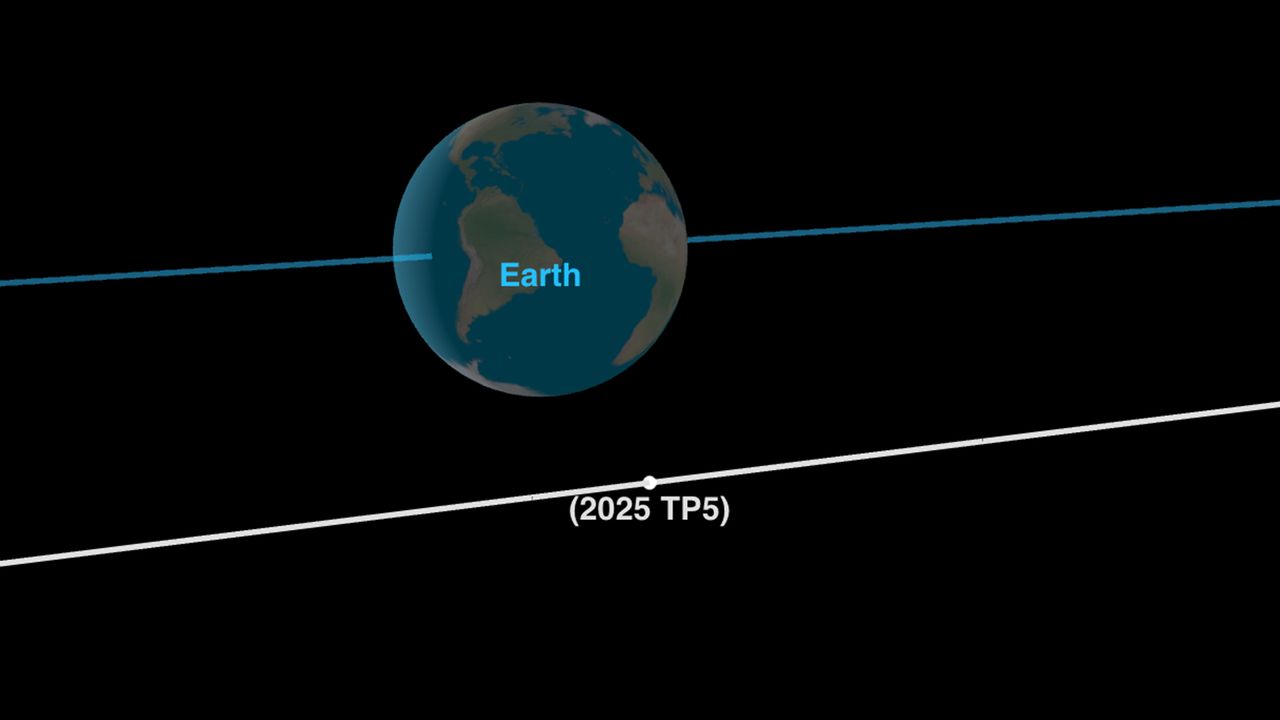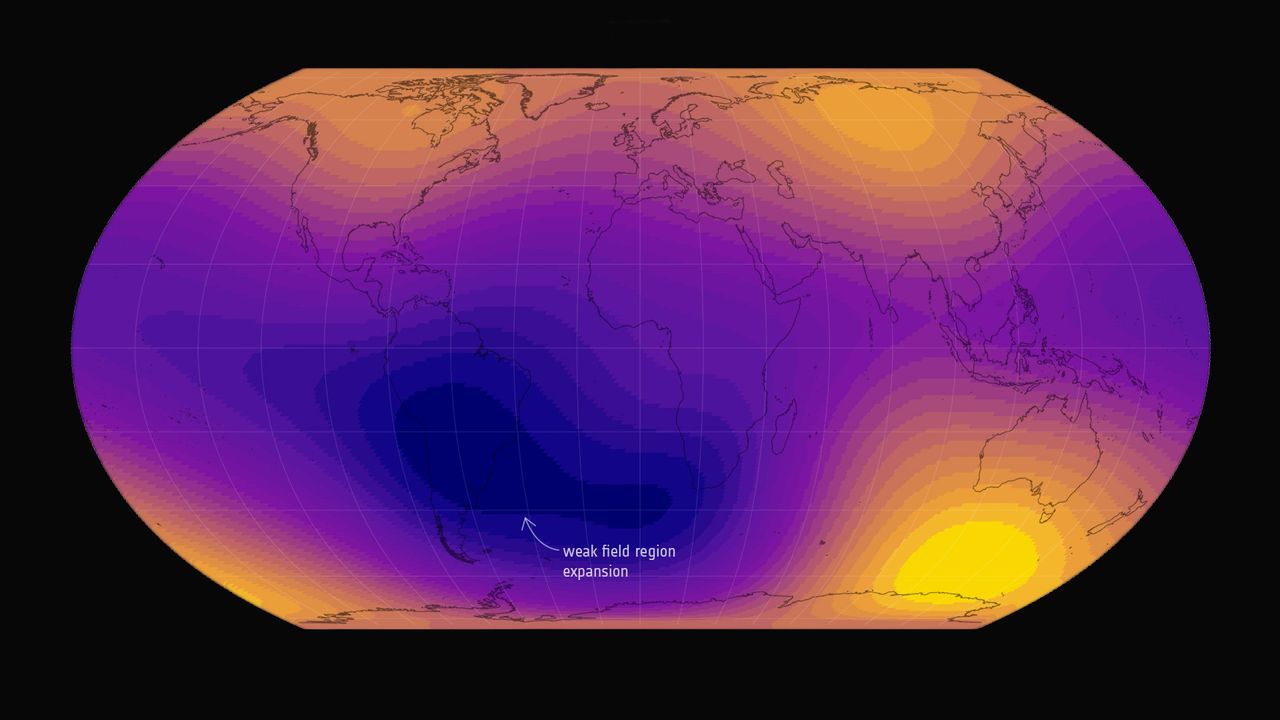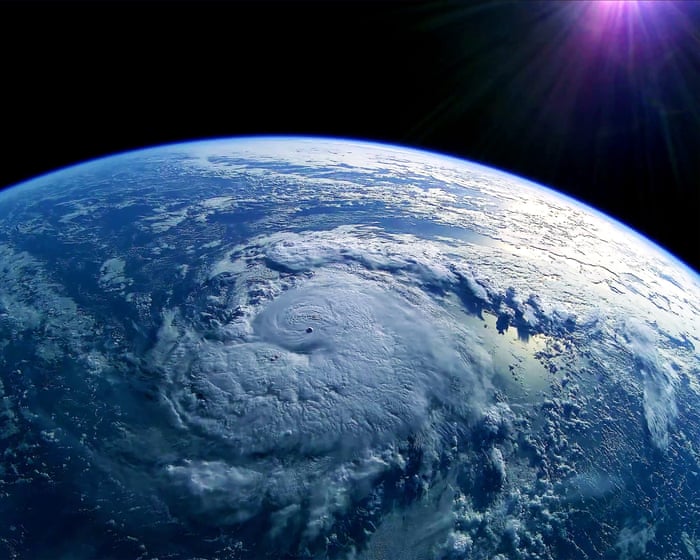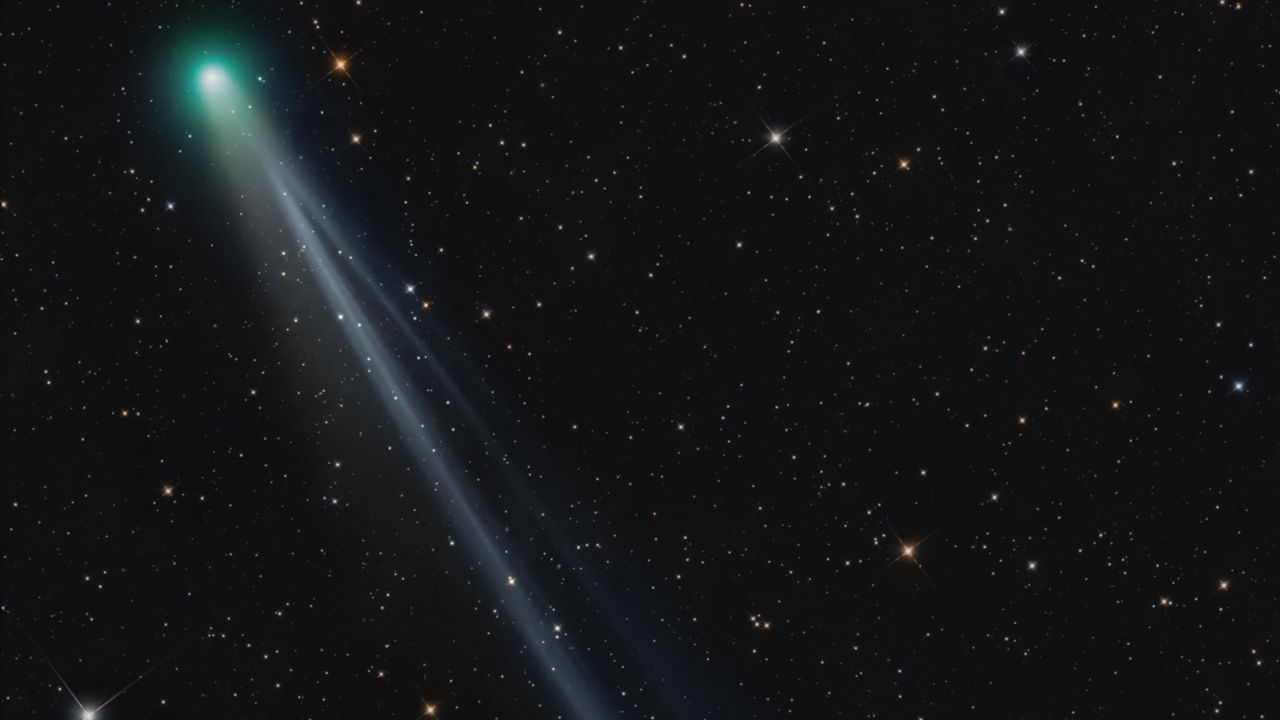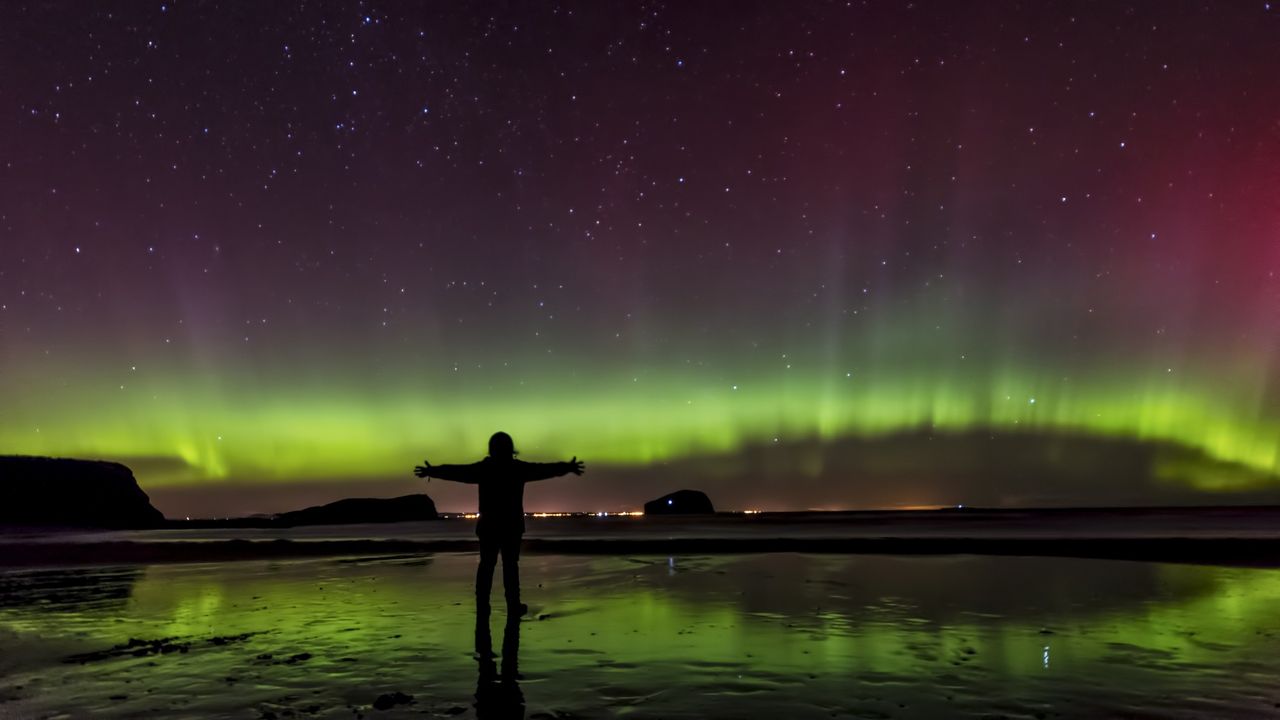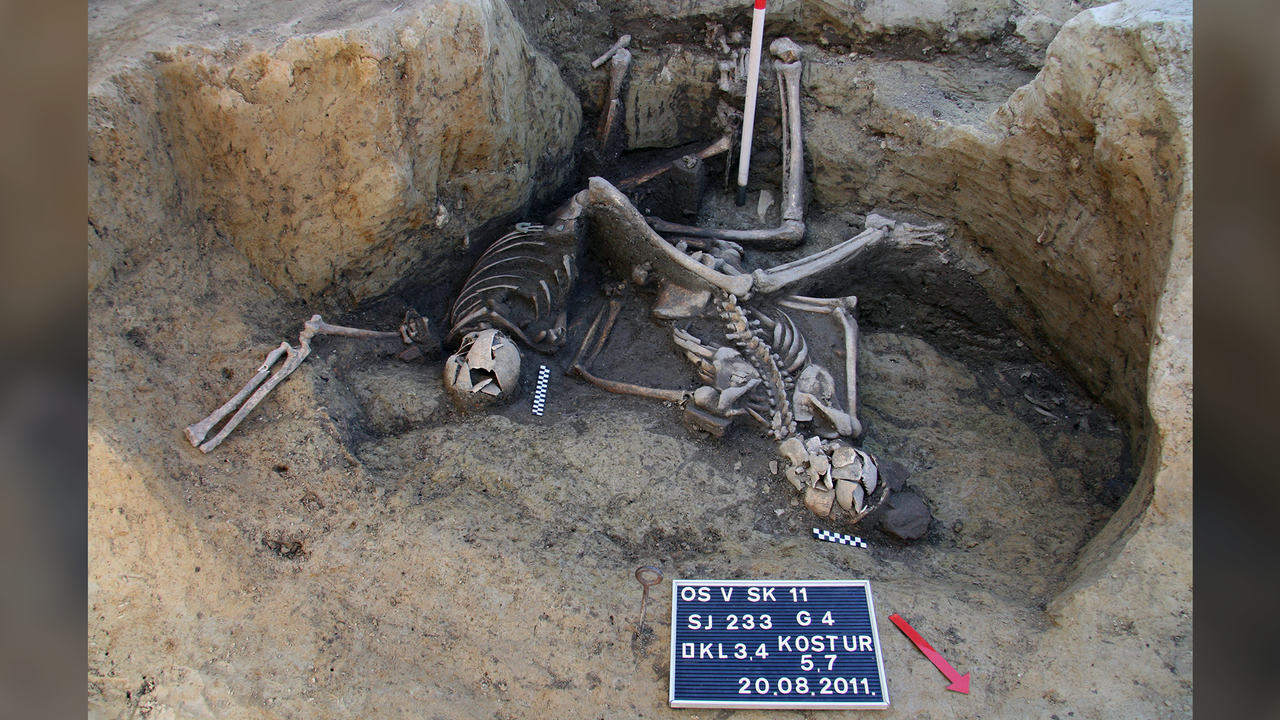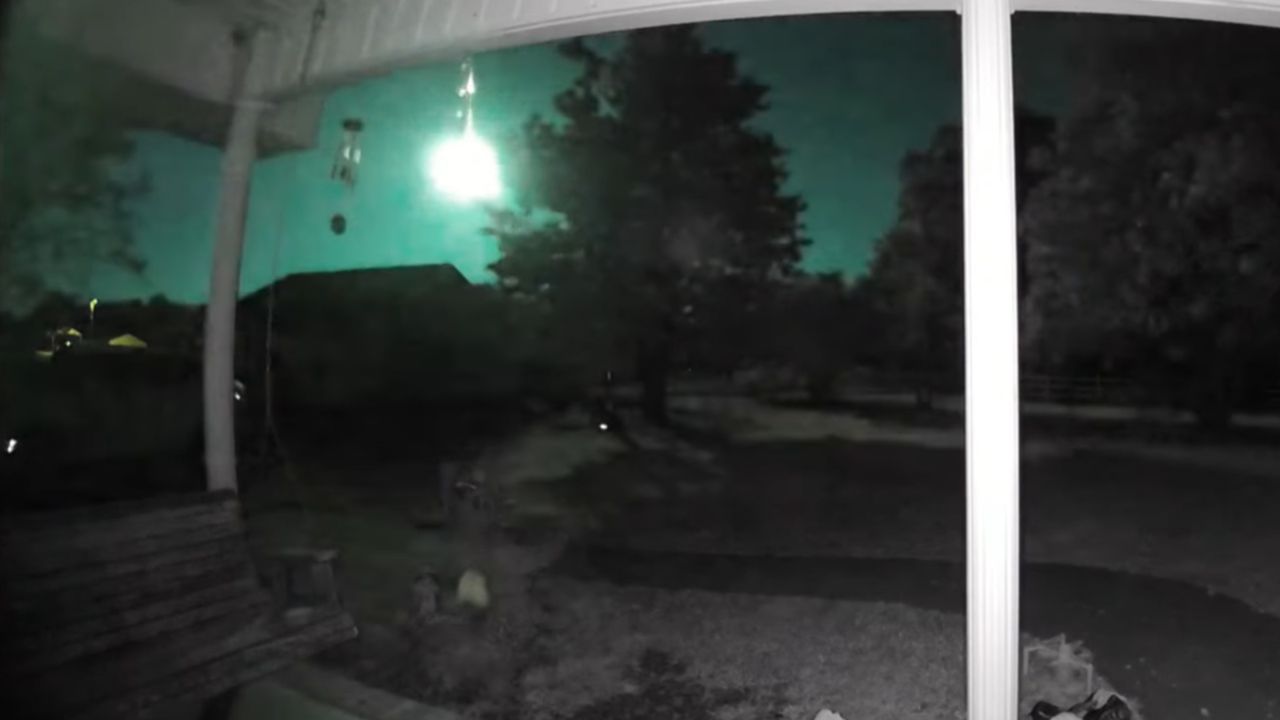‘Bored aliens’: has intelligent life stopped bothering trying to contact Earth?
NeutralScience
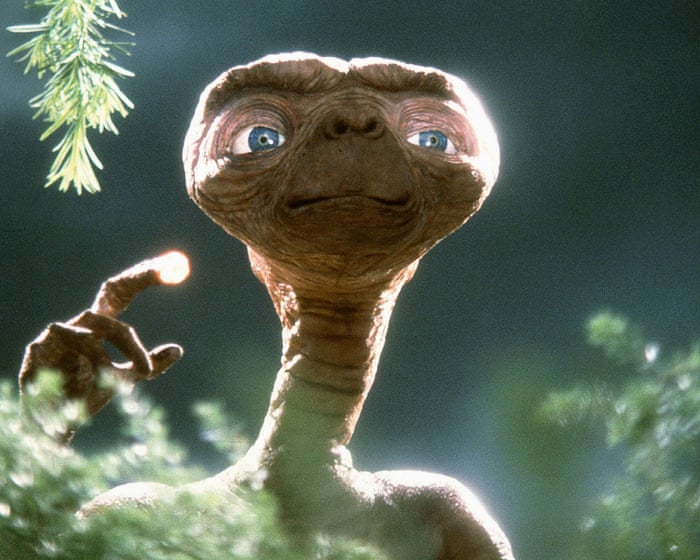
A recent theory suggests that if intelligent extraterrestrial life exists, it may not be reaching out to us because their technology is only slightly more advanced than ours. This idea challenges the long-held belief that advanced civilizations would actively seek contact with Earth. The implications of this theory are significant, as it could reshape our understanding of the universe and our place within it, prompting further exploration and inquiry into the nature of life beyond our planet.
— Curated by the World Pulse Now AI Editorial System
